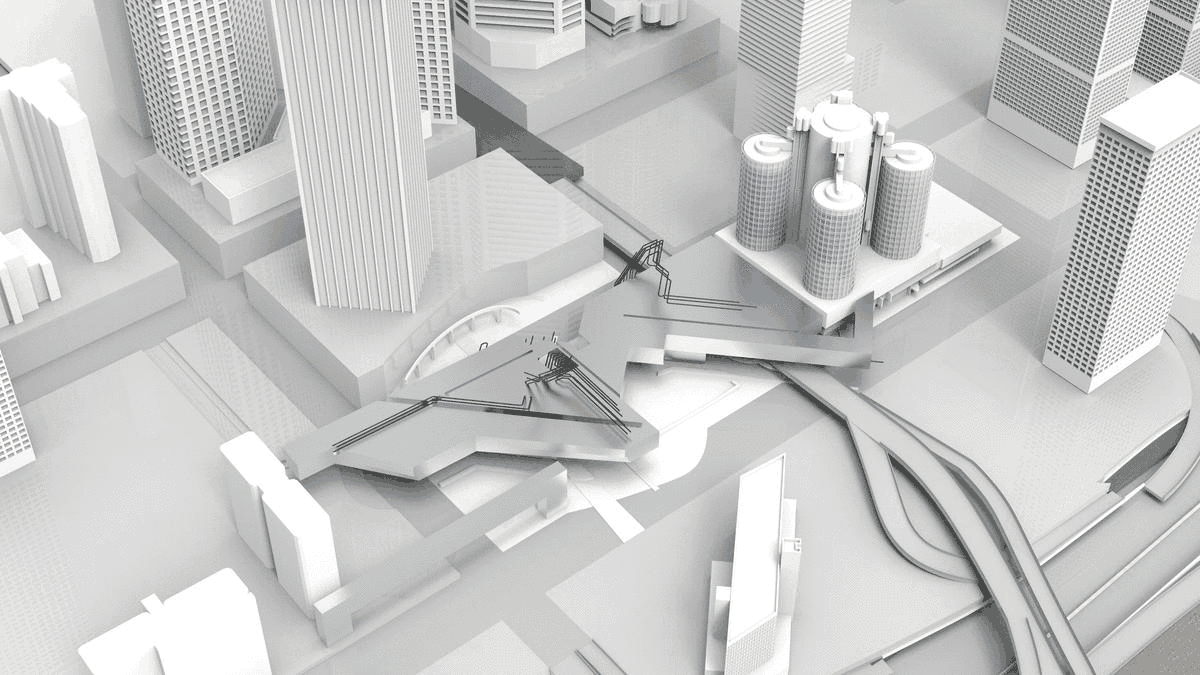- 5 November 2021
- 901 defa okundu.
[Superpositioning]
Burak Celik, M.Arch II ‘21 at Southern California Institute of Architecture. The Gehry Prize Winner ‘21, best thesis award endowed by Frank and Bertha Gehry.

A brief summary
My thesis understands superpositioning through the interplay between digital and analog, between cyberspace and real space, between augmented and virtual reality to uncover the latent structures within current post-digital aesthetics. Superpositioning is central to architecture. It brings into existence that there are new types of architectural edges and it questions how these new hybridities would present new potential sites of convergence in architectural discourse.
Hologram has been getting popular as it attempts to link the digital and physical worlds. The technique involves Hologram/AR to visualize the data because it is a highly effective and available tool with today’s technology and a great tool with interactive features. With holograms, one can see, sense and connect with art, events and entertainment in greater depth than ever before.
Today’s digital culture would be embraced by architects not only as a means of software and tools but also a complete architectural experience by the viewers. Through superpositioning, certain limitations like time, constructibility and technology would be turned into an advantage in design and become the next turning point in architecture.
Michel Foucault, as a sociologist, addresses the relationship between power,order and knowledge, and how they are used as a form of social control through societal institutions. Bernard Tschumi sees these layers as meaning-making devices, and one is not necessarily linked to each other in rigid ways. Tschumi’s critique of institutions is visible in his work in Parc de la Villette with superpositioning of events in 1987.
In quantum mechanics, a superposition is an object which is in many different states, and yet when you look you can only observe one of those states. Superpositioning is about the memory/ influence of a building, it does not require an existing building itself. Superpositioning is a more spatial way of defining togetherness, it’s almost like reading layers of information and perceiving them all together. Just like a building, the city itself has multiple layers in it, many superpositionings happening through time. Driving through the city in the 1960s and 2020s have two different feelings. The reason why the city is meeting this topic right now is because the way we experience/ move through the city is changing. My thesis challenges those aspects of life and the role of architecture.
This thesis aligns itself with the notion of superpositioning and challenges those ideas with today’s digital culture through the methodology of urban infill and holograms which is an image in flux and constantly in change similar to the Big data environment of today. Diving deep into the relationship between big data and architecture, together with looking at the superpositioning in time opened up new discussions which made my Final review very rich in terms of all the feedback from a great list of reviewers including Hernan Diaz Alonso, Thom Mayne, Alvin Huang, Casey Rehm, Mariana Ibanez, Jimenez Lai, Ming Fung, Damjan Jovanovic, Melissa Shin and Mimi Zeiger.

